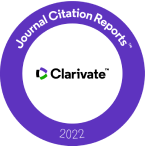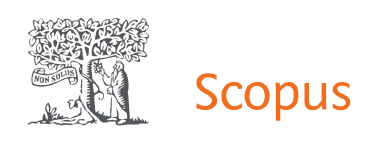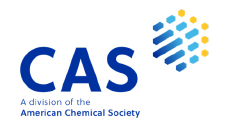Journal Volumes
ALL : 902,681
TODAY : 122
ONLINE : 54
JOURNAL DETAIL
Long-term Study of Cu/SiO2 Microspheres as Antimicrobial Additives in Paints
Paper Type |
Contributed Paper |
Title |
Long-term Study of Cu/SiO2 Microspheres as Antimicrobial Additives in Paints |
Author |
Kanita Boonruang, Panus Sundarapura and Wanwipa Siriwatwechakul* |
Email |
wanwipa@siit.tu.ac.th |
|
Abstract: Cu/SiO2 microspheres were prepared with the sol-gel process by adding 3-(glycidyloxypropyl)trimethoxysilane (GLYMO), using tetraethoxysilane (TEOS) as a silica precursor. Sol-gel formation with acid catalysts and copper acetate monohydrate was used in combination with a spray dryer, to obtain Cu/SiO2 microspheres. SEM-EDS showed the surface morphology, the particle size, and the shape of the Cu/SiO2 microspheres. The long-term effects of Cu/SiO2 microspheres against microorganisms in paint were determined using the fungus (P. funiculosum), gram-negative bacteria (E. coli), and gram-positive bacteria (S. aureus). The addition of GLYMO increased the stability of antimicrobial properties by lengthening the biocidal effect up to 12 months with 85% inhibition, in comparison with the commercial antimicrobial paint, which showed only 40% inhibition in the same time period. |
|
Start & End Page |
523 - 536 |
Received Date |
2018-07-18 |
Revised Date |
|
Accepted Date |
2018-11-11 |
Full Text |
Download |
Keyword |
copper, silica microspheres, antimicrobial particles, paint additives, long-term biocides |
Volume |
Vol.46 No.3 (May 2019) |
DOI |
|
SDGs |
|
| View:511 Download:176 | |
Copyrights © Since 2021 All Rights Reserved by Chiang Mai Journal of Science






